Alyn Griffiths heads to Paris to meet Rémi Babinet, the co-founder and global creative director of France’s largest ad agency, who is trying to rid the world of bad advertising
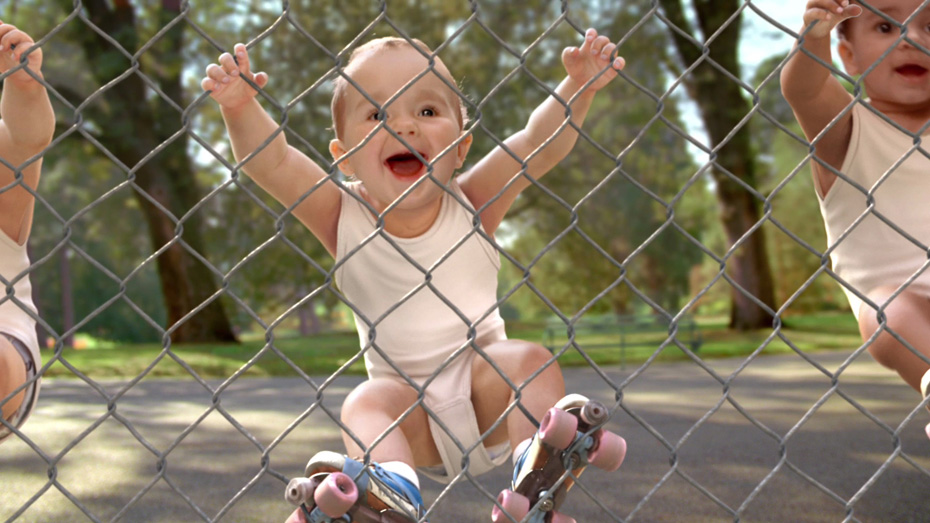
If the sight of tennis star Maria Sharapova staring at you next to a mirror-image of herself as a baby sounds familiar, or you’re one of the tens of millions of people who have watched the Evian commercial in which rollerskating babies perform tricks to the soundtrack of Sugarhill Gang’s ‘Rapper’s Delight’, then you’re already aware of Rémi Babinet’s work. Those campaigns are typical of a portfolio compiled over 27 years, during which Babinet says his focus has been on “quality” and trying to “build brands in time”, rather than dealing in newness for the sake of it.Now the chairman and global creative director of Paris and London agency BETC – whose clients include Air France, Evian, Peugot and Louis Vuitton – Babinet has masterminded some of most memorable and successful advertising campaigns of recent years, including the ‘Rollerbabies’ campaign for Evian, which has been recognised by Guinness World Records as the most watched online ad of all time with over 230 million views. In this interview, Rémi Babinet talks about the difficulties of being French, how digital technologies have revolutionised the industry, and why successful viral advertising owes a lot to luck.
When did you first get involved in advertising?
It was in 1986. I had studied literature and philosophy but people started telling me about what went on inside ad agencies – that it was all about creativity and about collective process to achieve something creative, and I was amazed. I started working as a copywriter at an agency called BDDP and had some success so I was approached about setting up a new company in 1994 that became BETC.
How has the company evolved since then?
We were small and French to begin with, and we have become large and global. It’s very unique for a French agency because it’s difficult for French companies to become international. The worldwide market’s image of French people is that they are very unique and they either love them or hate them. It’s beginning to change now but the story of France is a very old story and they have that in mind. We are no longer a French brand, we are an international brand. We have retained a French identity because we made our name with big French brands, like Air France, Evian and Lacoste, but we are able to work internationally, and that’s why people come to us.
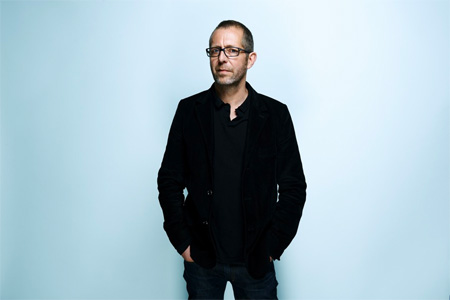
How has the industry changed since you first started working in advertising?
The big change is the switch form analogue to digital. In the beginning of the agency I can remember nobody had a mobile phone, there were no computers, and the secretaries used electric typewriters.
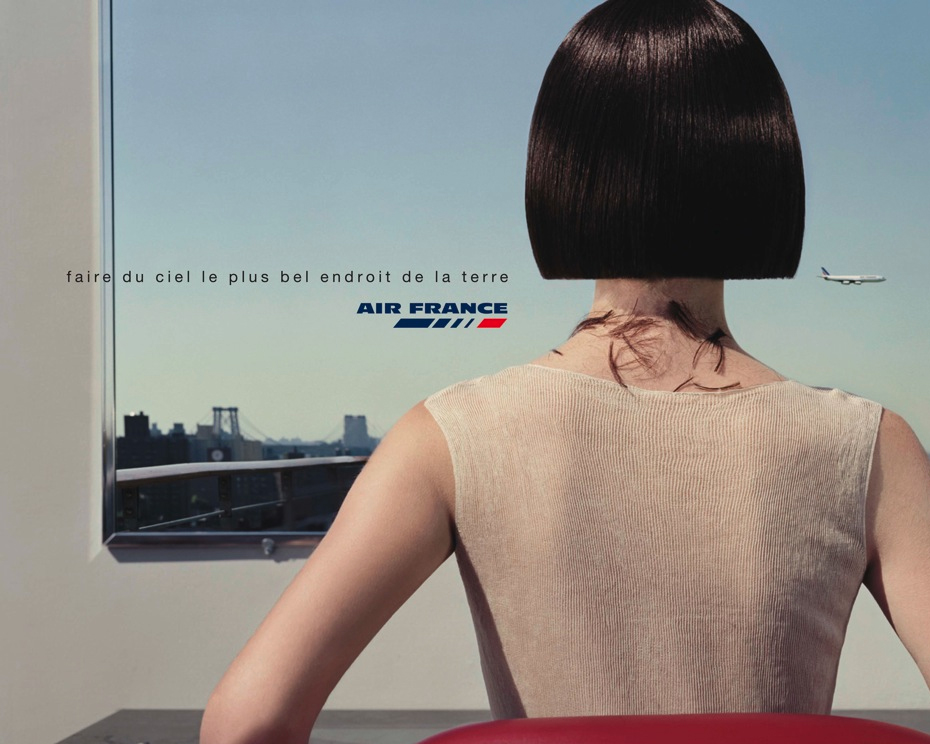
How has this switch to digital affected the way you work?
It’s made everything faster, but gaining speed doesn’t mean you gain time. You just end up doing more and now clients expect advertising agencies to do everything faster, better and cheaper. That’s global evolution. It makes it difficult to maintain the quality, but I’m very focused on that. If we have to take our time then that’s what we do. We tell this to our clients, but it’s difficult . And there are so many different types of media to consider today.
Yes, the multiplication of spaces where advertising appears is incredible. In the beginning it was three types of media; print television and radio. And the answers were easier because now all the media have to interact with each other. We need to organise the consistency of the brand across all of these different media.
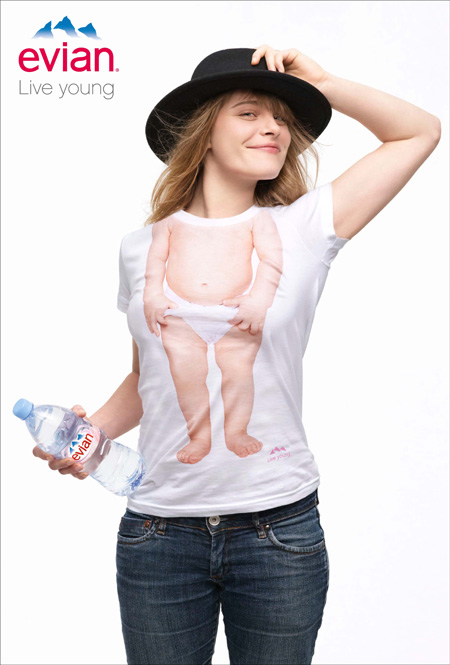
What makes a campaign successful?
We try to build brands in time and ensure that the fundamentals of the brand story have a strong basis. Like with Evian, I said if you buy into the idea of youth I can construct a story for you for ten years. That’s not trendy but it’s very important.
Do you think there is too much advertising around today?
Too much bad advertising, yes. But it is the same in every industry, there is a lot of bad literature, bad architecture. Advertising is a very special activity because it is about the art of selling, and for me you can compare it to going to an old market where you make the difference between the guy selling meat or vegetables who says something funny or brilliant and it makes you happy and you come back to this guy. That’s what I try to do.
With so many ways of reaching people today, how do you choose the right approach for each client?
We know the system and we know the right methods. We are able to propose ideas to the client that they never thought about, and it’s not necessarily about new devices or new platforms. For example, when I met with one of the big supermarkets (Monoprix) I explained that we can imagine a new media; it’s not newspapers or TV, it’s packaging and we wrote something funny on the packaging and that was new for them. It was old fashioned in terms of the craft but for people it was totally new.
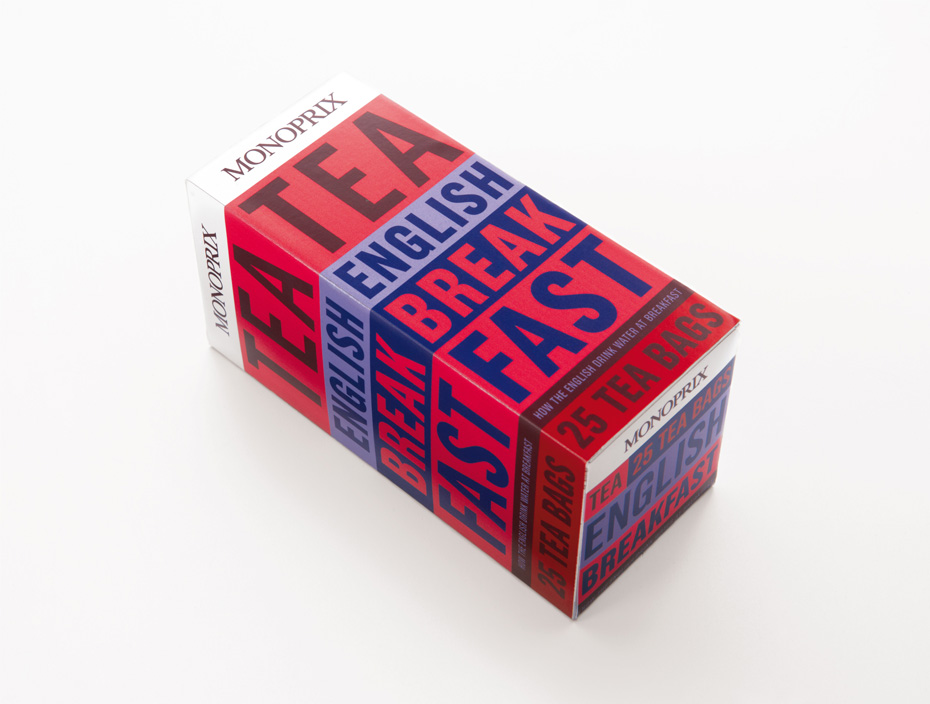 Is it possible to deliberately produce a viral ad campaign, or is this phenomenon simply down to luck?
Is it possible to deliberately produce a viral ad campaign, or is this phenomenon simply down to luck?
Part of it is luck, because the most important thing about viral is the reaction of the people and you can’t predict that. But you have an idea in your mind what could be a success and you try to achieve that. What is funny with viral is that it provides an instant measure of success. It’s direct and it’s very exciting. It’s another big change in the industry – this direct contact with people through the internet. You have people right in front of you all the time.
How do you know when you’ve created something that’s really good?
When I totally understand the message. If you have any doubt about what it’s trying to say then it’s no good. When it’s totally clear, that’s the exciting thing. And then it creates desire, that suddenly you want to do something and you don’t really know why.
It must be very difficult to tell a story in 30 seconds or with a single image.
That was the most seductive thing about advertising for me. It is about a certain type of rhetoric, and it’s a real art. To be able to make something that is very short but very powerful – that’s unique [to this industry]. I like this attitude in life generally; I prefer people who talk short over people who talk too much.




